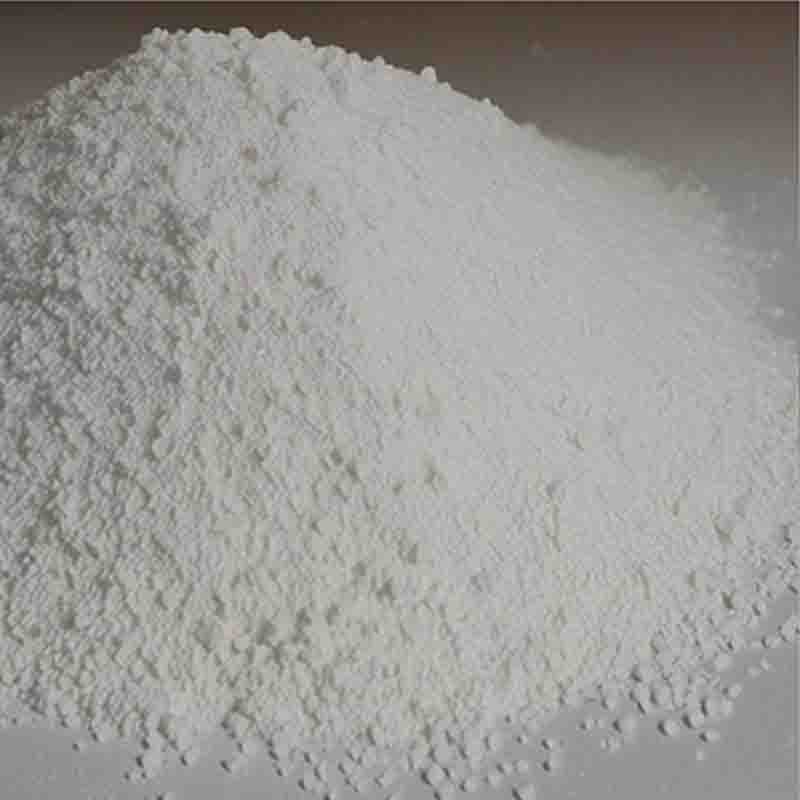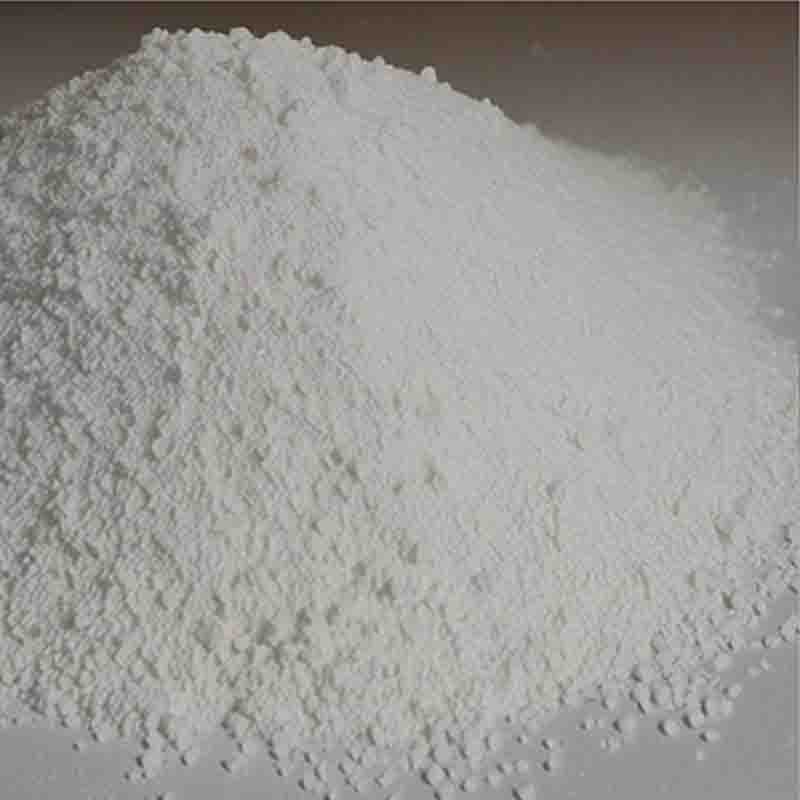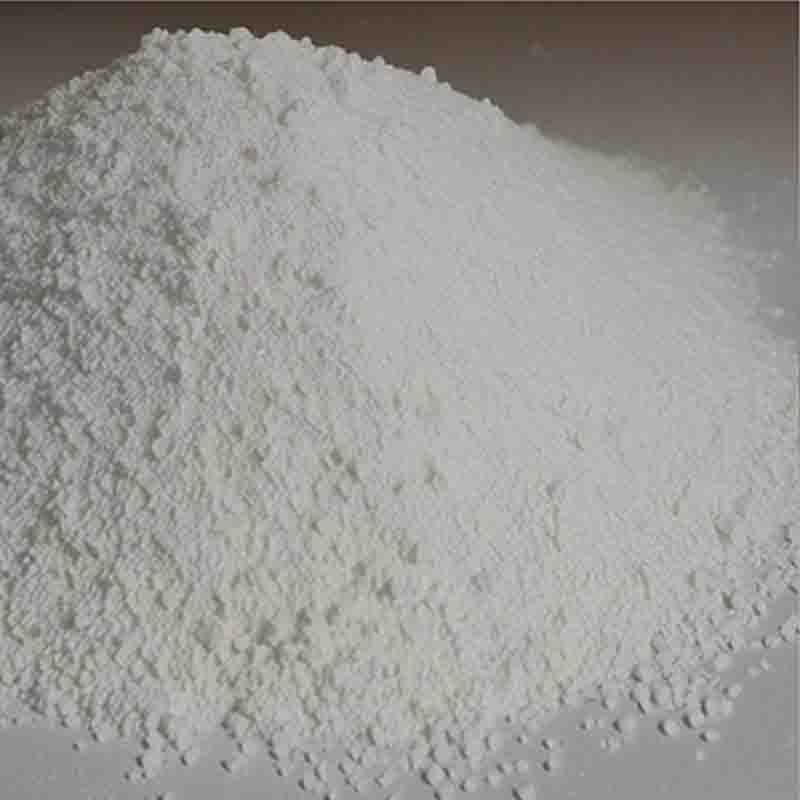Chloromethyl)dimethylchlorosilane CAS: 1719-57-9
| Catalog Number | XD95347 |
| Product Name | Chloromethyl)dimethylchlorosilane |
| CAS | 1719-57-9 |
| Molecular Formula | C3H8Cl2Si |
| Molecular Weight | 143.09 |
| Storage Details | Ambient |
Product Specification
| Appearance | White powder |
| Assay | 99% min |
Chloromethyl)dimethylchlorosilane, also known as CMDCS, is a chemical compound with various applications in different industries. Its unique properties and characteristics make it valuable in several areas.
In the field of organic synthesis, CMDCS is used as a versatile reagent for the introduction of chloromethyl groups into organic molecules. It serves as a key intermediate in the synthesis of various compounds, including pharmaceuticals, agrochemicals, and specialty chemicals. This compound enables the modification of organic molecules, contributing to the development of new and improved products.
Furthermore, CMDCS has applications in the field of silicone chemistry. It is used as a crosslinking agent in the production of silicone polymers and elastomers. This compound helps to improve the mechanical properties and thermal stability of silicone materials, making them suitable for a wide range of applications, such as sealants, adhesives, and coatings.
Moreover, CMDCS is employed in the field of surface modification. It can be used as a coupling agent to enhance the adhesion between organic and inorganic materials. This compound facilitates the bonding of different surfaces, improving the performance and durability of composite materials.
In addition to its organic synthesis, silicone, and surface modification applications, CMDCS is also used in the field of analytical chemistry. It can be employed as a derivatizing agent for the analysis of various compounds, such as alcohols and amines. This compound helps to improve the detectability and stability of analytes, enabling their accurate quantification and identification.
In conclusion, CMDCS has diverse applications in organic synthesis, silicone chemistry, surface modification, and analytical chemistry. Its versatility as a reagent and crosslinking agent makes it valuable in these industries. Continued research and development are expanding the potential applications of this compound in various fields.


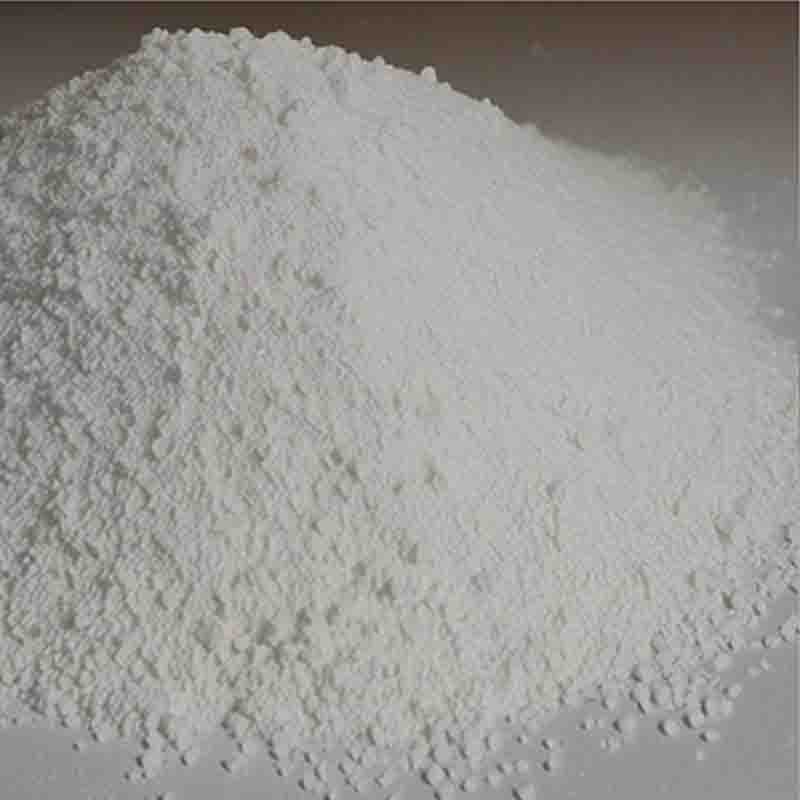

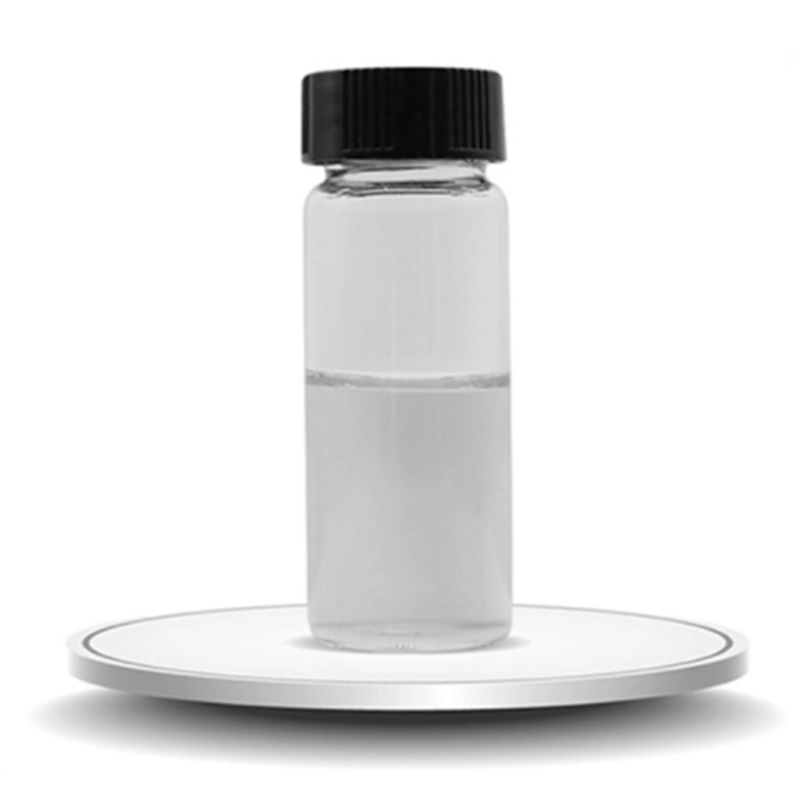

![D-erythro-Hexonic acid, 2,4,6-trideoxy-3,5-O-(1-methylethylidene)-6-[(5-methyl-1,3,4-thiadiazol-2-yl)sulfonyl]-, 1,1-dimethylethyl ester CAS: 1326302-97-9](https://cdn.globalso.com/xdbiochems/白色粉末2134.jpg)
